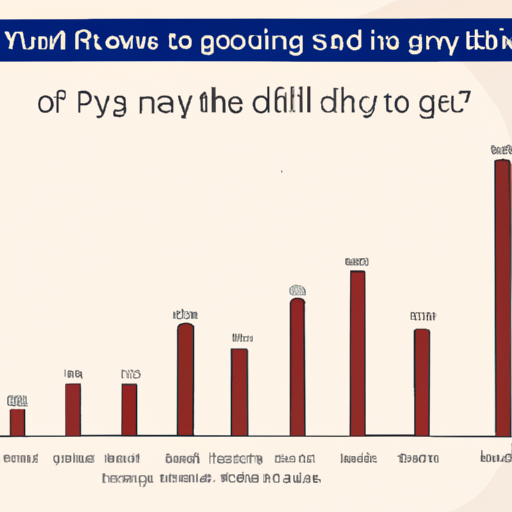As a caregiver, you’ve probably found yourself wondering, “When will my dog reach his full size?” It’s a question that’s as full of love and curiosity as it is of practicality. After all, knowing how big your dog is going to get can help you plan everything from the type of dog bed you’ll need to how much space your furry friend is going to take up on the sofa.
Understanding the Growth Process
Understanding the growth process of your dog is crucial. Dogs, just like humans, undergo various stages of development before reaching adulthood. However, the timing and rate of this growth can vary significantly depending on factors like breed and nutrition.
- Puppy Stage: This is the stage where your dog will experience the most rapid growth. This stage generally lasts for about six months.
- Adolescent Stage: After the puppy stage, your dog will enter the adolescent stage. Here, growth slows down but still continues at a steady pace.
- Adult Stage: This is the final growth stage for dogs. Once your dog reaches adulthood, they will have achieved their full size.
Factors Influencing Dog’s Growth
The size your dog will eventually become is influenced by several factors:
- Breed: The breed of your dog plays a significant role in determining its final size. Larger breeds like German Shepherds and Labradors will naturally grow bigger than smaller breeds like Pomeranians or Chihuahuas.
- Nutrition: Proper nutrition is key to ensuring your dog grows to its full potential. A balanced diet rich in all the necessary nutrients is essential.
- Health: Dogs that are healthy and well taken care of will likely reach their full size as compared to dogs that suffer from health issues.
| Small Breed | Medium Breed | Large Breed |
|---|---|---|
| 0-12 Months | 0-18 Months | 0-24 Months |
^Table: Average time (in months) it takes for each breed size to reach their full size.
How to Know Your Dog Has Stopped Growing
At times, it might be difficult to know precisely when your dog has stopped growing. But don’t worry, there are a few signs you can look out for:
- Closing of Growth Plates: The growth plates in a dog’s bones will close when the dog has reached its maximum size. A vet can confirm this through X-rays.
- Stability in Weight: You might notice that your dog’s weight has become stable and hasn’t changed in a few months.
FAQs
Q: Do all dogs grow at the same rate?
No, the rate at which a dog grows depends on factors such as breed, nutrition and overall health.
Q: How can I ensure my dog grows to its full potential?
Providing a balanced diet, regular exercise, and routine vet check-ups can help ensure your dog grows to its full potential.
Q: Can a dog still grow after it’s reached adulthood?
Typically, a dog will not significantly grow after reaching adulthood. However, they may still fill out or gain weight.
Q: What’s the fastest growth period for puppies?
The fastest growth period for puppies is typically between birth and six months.
Remember, each dog is unique and will grow at its own pace. So, don’t worry too much if your dog seems to be growing slower or faster than others. The most important thing is to provide love, care, and a healthy environment for your dog to grow in.



